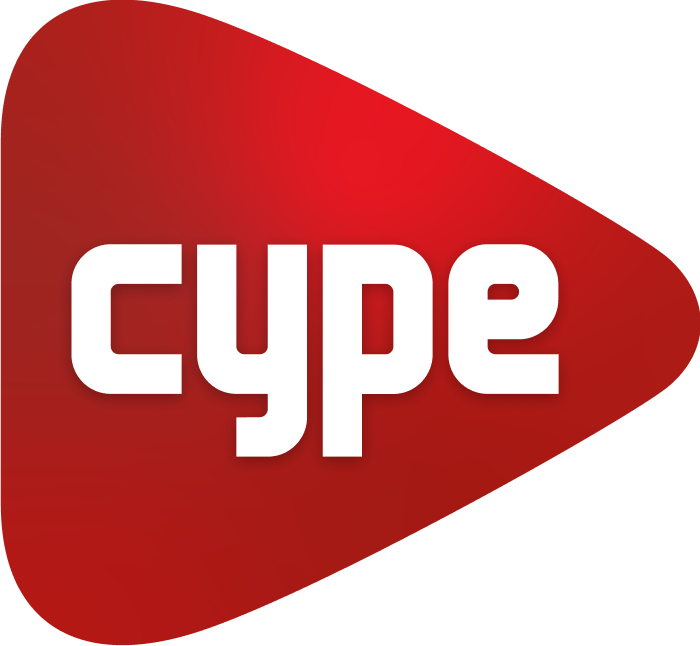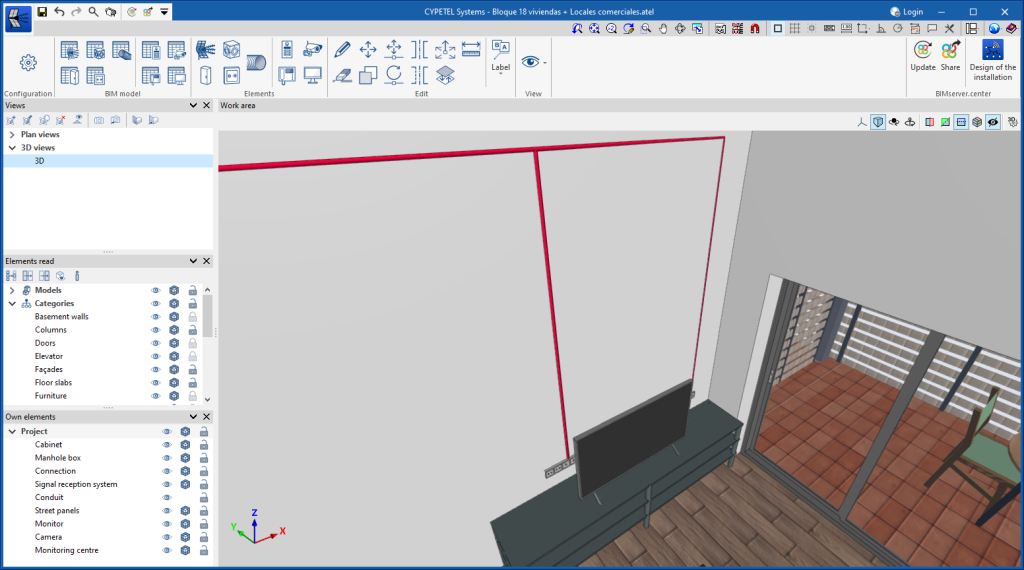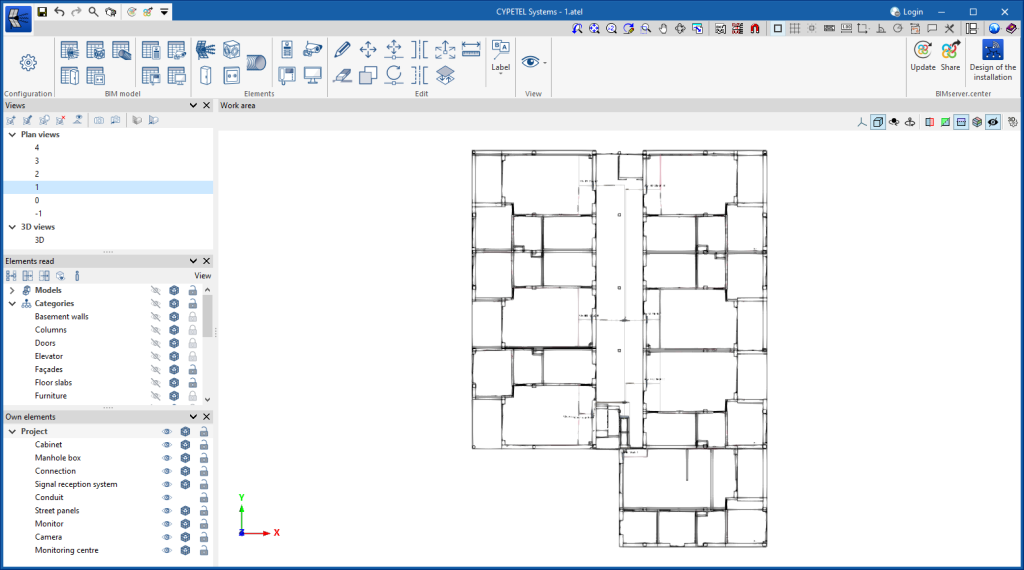As of version 2025.a, developing telecommunications infrastructures in CYPETEL Systems can be carried out in a 3D work environment.
The elements and conduits of the installation can be included via the "3D view" or the different work planes. Each element type corresponds to a model layer, and its visibility can be activated or deactivated independently. It has a 2D display mode for the elements to make it easier to interpret them in the drawings exported by the program.
The program allows users to continue working on 2D templates from the BIM model or imported from the program in DXF, DWG, and DWF formats, as well as in various image formats (JPEG, JPG, PNG or WMF). This way, working compatibility is maintained in projects that do not have a 3D architectural model.
The reading of jobs produced with previous versions of the program will not be affected by this modification.
Thanks to this new 3D environment, which allows contributions of urban area maps from Open BIM Site to be displayed, and to the implementation of the UNE 133100-6 standard in this version 2025.a, users can carry out urban infrastructure deployment projects for telecommunications networks in CYPETEL Systems.


